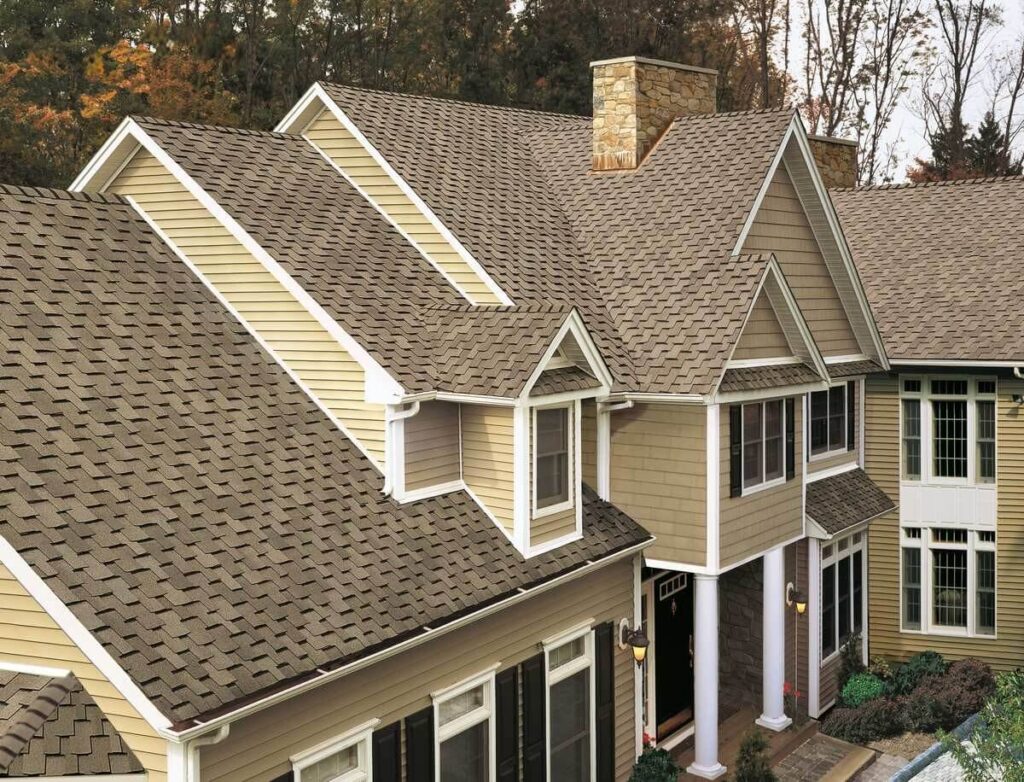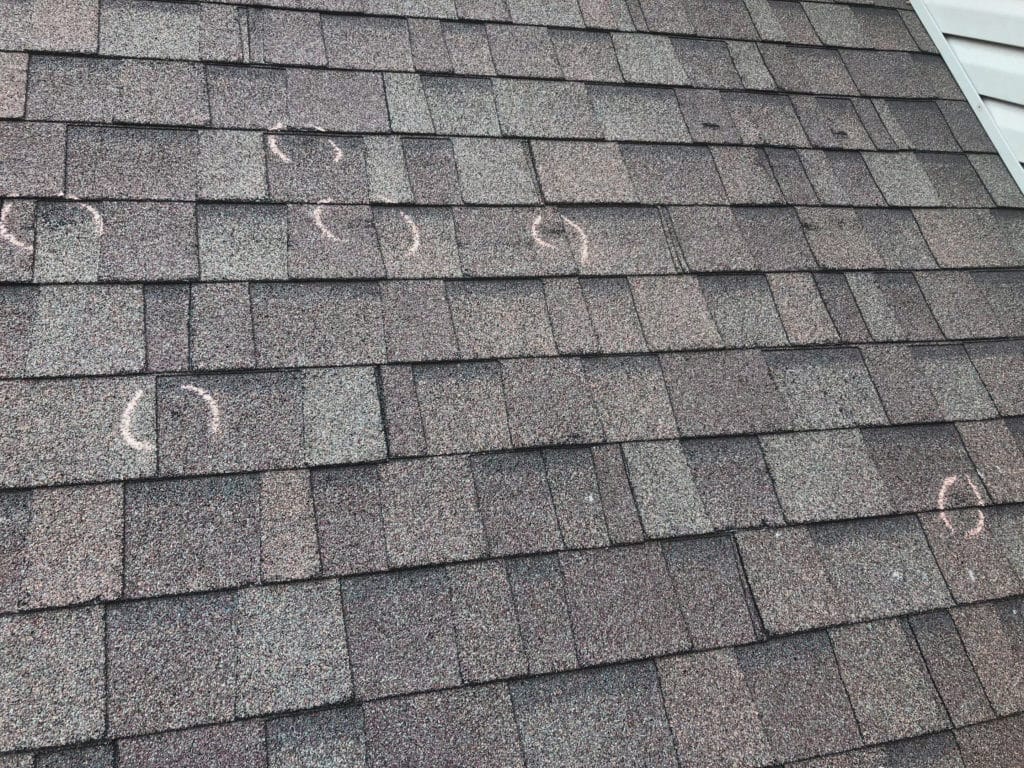Roofing Shingles: Protecting Your Home from the Elements
Introduction
Roofing shingles are an essential component of any home’s structure, serving as the first line of defense against the elements. They not only protect your house from rain, wind, and sunlight but also play a significant role in enhancing the aesthetic appeal of your property. In this article, we’ll explore the various types of roofing shingles, their benefits, installation methods, and maintenance tips, providing a comprehensive guide for homeowners and those interested in the roofing industry.

I. Types of Roofing Shingles
There are several types of roofing shingles to choose from, each with its own unique characteristics. Here are some of the most common options:
- Asphalt Shingles: Asphalt shingles are the most popular choice in North America due to their affordability, durability, and ease of installation. They come in various styles and colors, making them suitable for a wide range of architectural designs.
- Wood Shingles and Shakes: Wood shingles and shakes, often made from cedar or redwood, offer a rustic and natural look. While they have excellent insulation properties, they require more maintenance and can be vulnerable to fire in some cases.
- Metal Shingles: Metal shingles, typically made from materials like steel, aluminum, or copper, are known for their longevity and resistance to harsh weather conditions. They come in a variety of styles, including traditional shingles, shakes, and tiles.
- Slate Shingles: Slate shingles are a premium roofing material that offers unparalleled durability and an elegant, timeless appearance. They are, however, quite heavy and expensive, and their installation requires expertise.
- Tile Shingles: Tile shingles, often made from clay or concrete, are known for their durability and aesthetics. They are commonly used in Mediterranean and Spanish-style architecture.
II. Benefits of Roofing Shingles

Roofing shingles offer numerous advantages for homeowners:
- Weather Resistance: Shingles protect your home from rain, snow, hail, and UV radiation, helping to maintain the integrity of the structure.
- Durability: When properly installed and maintained, many types of shingles can last for decades.
- Aesthetic Appeal: Shingles come in a variety of colors and styles, allowing homeowners to choose a look that complements their home’s design.
- Cost-Effective: Asphalt shingles, in particular, are a cost-effective roofing option that provides good value for money.
- Easy Installation: Most roofing shingles are relatively easy to install, reducing labor costs and installation time.
III. Installation
Installing roofing shingles is a complex process that requires careful attention to detail. It’s recommended to hire a professional roofing contractor for this task, as improper installation can lead to leaks and other issues. The basic steps in roofing shingle installation include:
- Roof Deck Preparation: Ensure the roof deck is clean, free of debris, and structurally sound.
- Underlayment Installation: Install an underlayment, such as felt paper, to provide an extra layer of protection against water infiltration.
- Starter Shingles: Begin by installing starter shingles along the eaves and rakes of the roof to prevent wind-driven rain from entering.
- Shingle Installation: Lay the shingles according to the manufacturer’s instructions, typically starting from the bottom and working your way up.
- Ridge Cap Installation: Finish the roof with ridge caps to cover the peak and protect against wind and water.
IV. Maintenance and Care
Regular maintenance is crucial to extending the lifespan of your roofing shingles:
- Inspections: Periodically inspect your roof for signs of damage, such as missing or damaged shingles.
- Cleaning: Remove debris, moss, and algae to prevent moisture buildup and deterioration.
- Repairs: Promptly address any issues like leaks or damaged shingles to prevent further damage to the roof’s structure.
- Proper Ventilation: Ensure your roof has proper ventilation to prevent excess heat and moisture buildup in the attic, which can lead to premature shingle damage.
Conclusion
Roofing shingles are a vital part of your home, providing protection from the elements and contributing to its curb appeal. Choosing the right type of shingle, ensuring professional installation, and regular maintenance will help your roof last for many years, safeguarding your investment and providing peace of mind. Whether you’re building a new home or considering a roof replacement, understanding the world of roofing shingles is a valuable step toward ensuring your home remains a safe and comfortable haven.
